ITMO University hosted the sixth school by the SCAMT institute. Almost 50 participants from all over Russia gained experience in the various fields of research offered at the ChemBio cluster.

SCAMT Workshop Week
The SCAMT Workshop Week allows students to learn more about SCAMT’s laboratories and fields of research, as well as attend lectures given by leading specialists and acquire new practical skills while working on their own projects.
There were several tracks to choose from. For example, those who joined the “Industrial project management” track were not only engaged in the chemical synthesis aspect of the research but also learned how to develop a marketing strategy for the new product’s promotion, all while acquiring the skills needed to launch a startup. Another track – nanobioarchitectonics – dealt with such tasks as creating hybrid materials based on spider webs. The participants not only gained access to the insectarium but also acquired practical skills of synthesis of nanoparticles and modification of natural materials.
Each school is unique: for example, during SCAMT’s last summer school, all participants received kits with reagents to conduct experiments on their own. This time, the focus was on diversity: for the first time ever, the students had 12 tracks to choose from.
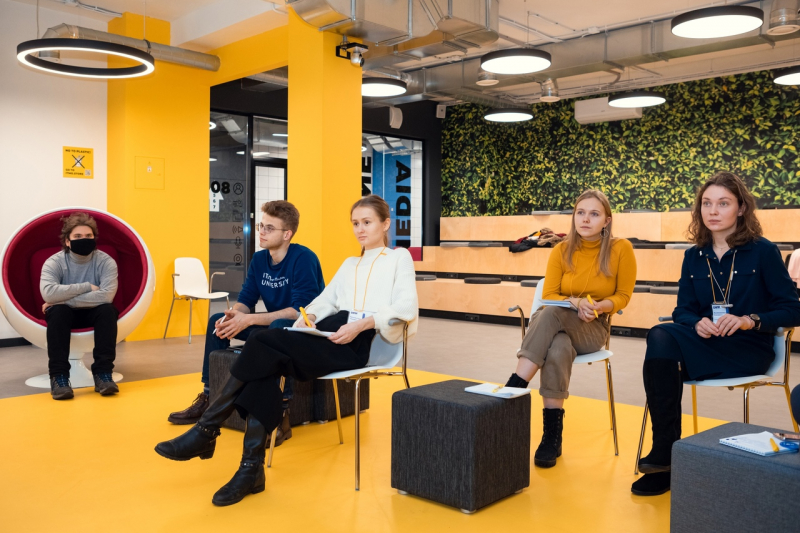
SCAMT Workshop Week
According to Polina Khapaeva, coordinator of the SCAMT Workshop Week and deputy head of the ChemBio cluster, the increase in the number of projects has to do with the launch of new laboratories and fields of research. Fazer, Dia-M, and MEL Science were the main partners of this year’s Workshop Week.
“In 2019, we opened a laboratory for 3D printing of functional nanomaterials – this is how the project on creating a light-emitting 3D object appeared. For the first time, we have three projects in genomics at once. Previously, we only had machine learning among the theoretical tracks. This is due to the increased demand for bioinformatics: this year we are opening a Master’s program in applied genomics. Plus, some of our old projects have been modified: for example, the nanopharmaceutical laboratory has divided its track into two: a project on liquid metals and a project on thrombolytic drugs,” explains Polina Khapaeva.
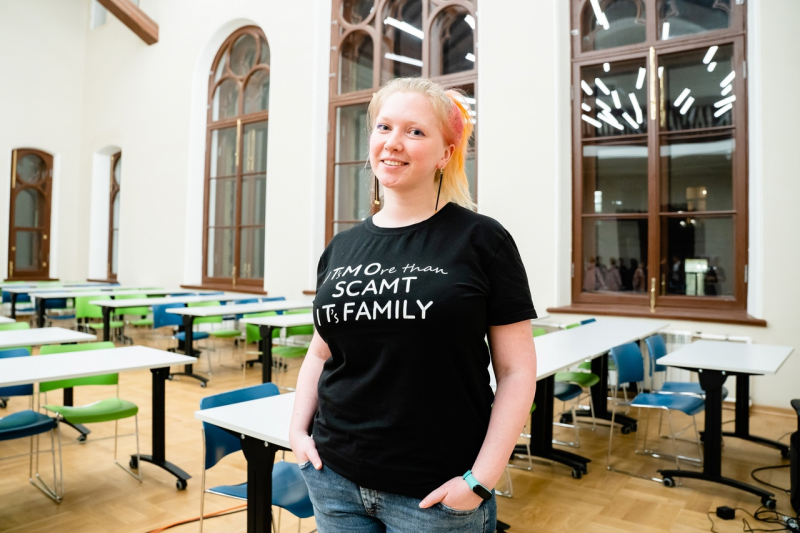
Polina Khapaeva
Another new feature is the collaboration of the ChemBio cluster with the Art & Science center.
Participants of the Workshop Week were selected carefully: the organizers not only evaluated motivation letters but also the experience of applicants. In order to participate in practical projects, you needed to have at least some basic skills of working in labs, as well as theoretical knowledge of the field. However, a student from the Art & Science Master’s program made it to the school this time – according to Polina Khapaeva, it’s a pilot attempt to attract participants from other fields of study.
“Students from the Art & Science program visited us for a tour last autumn and now the school received several applications from them; we chose the strongest one. We had been discussing if it’s possible to let people from completely unrelated fields work on our projects for a long time. The Art & Science field has its own specifics: its specialists often would like to add some art features to scientific projects but they often don’t have enough experience in science. We decided to try and provide them with it, albeit without going too deep and in an accelerated format. We’ll see how difficult it was for the student to join a completely different field.”
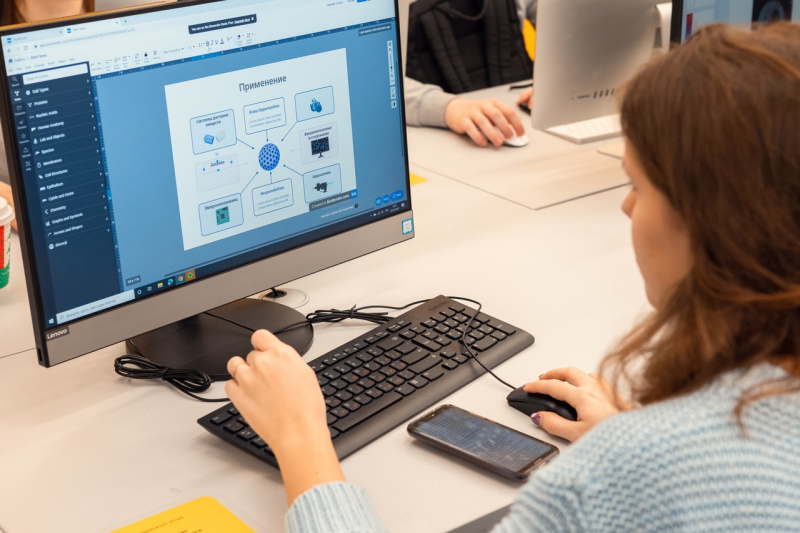
SCAMT Workshop Week
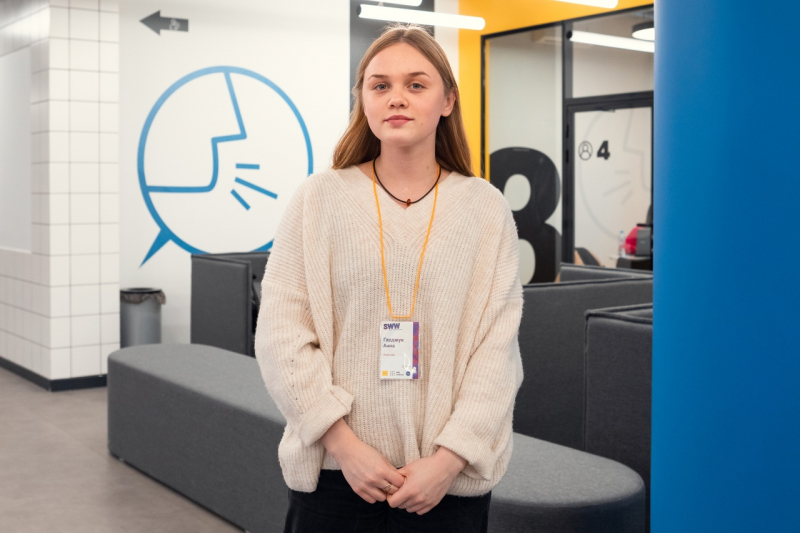
Unfortunately, I don’t have an opportunity to engage in a project that would correspond with my interests and to implement my ideas in a team of fellow young scientists at MSU. So I decided that this Workshop Week would be a great opportunity to learn more and gain practical experience in my field of choice. One of the main goals for me was to join the Master’s program here – and participation in the workshop offers a shortcut into the program without taking entrance exams.
It was my second attempt to join the workshop. Previously I applied for the summer school but didn’t make it. Partially, I’m glad I didn’t because back then it took place online, while now we have an opportunity to work on-site and actually visit the labs.
Other than the school, I was also accepted for the summer internship. I haven’t decided which lab I would like to join yet – for now, I’m trying to work in different fields and projects that are most interesting and attractive to me. Either way, I would like to work in medicine, so I’m thinking about the nanopharmaceutical lab.
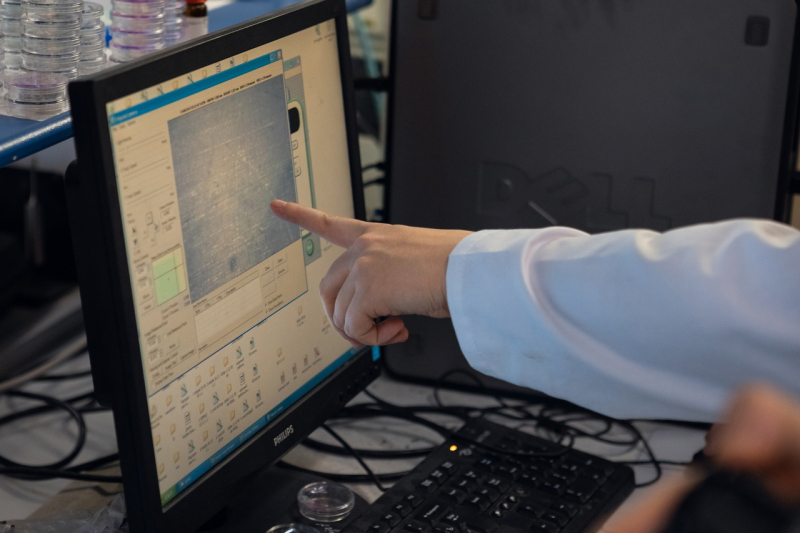
The practical work began on the very first day and overall, working in the lab was our main focus. We were working on projects for four or five hours every day. In particular, we’ve spent a lot of time in the insectarium, working with live spiders – it was a new experience and sensation for me. Not every place gives you an opportunity to interact with live creatures. As a result, we plan to create a model object: a web modified with nanoparticles and liposomes – spherical molecules into which we might be able to add any drugs or growth factors in the future.
ITMO has a very friendly environment: all students are focused on their work and motivated to grow, you can feel it straight away. Of course, it’s great that we can share contacts and experiences, as well as set up internships. The working process went smoothly thanks to the coordinators: they explained how everything works and gave us clear instructions. Not everything turned out perfect at the first attempt, of course, but no one was judging you for that: we were there to learn and we were provided with this opportunity and a comfortable environment.
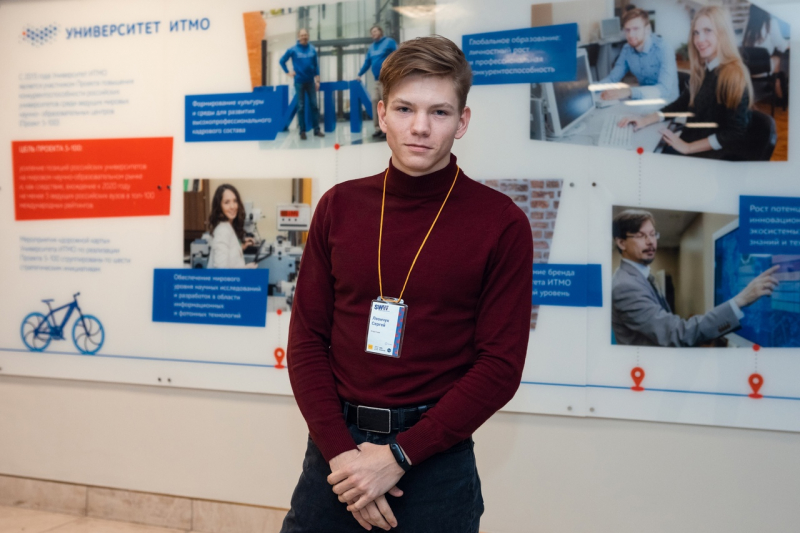
I found out about the school from my friend from St. Petersburg. She knew a bit about SCAMT and talked about how great the SCAMT Workshop Week is. I joined the “Study metamorphosis of liquid metals” track. It’s about inorganic chemistry and nanomaterials. I’m into all things related to nanotechnologies and nanopharmaceutics and that’s why I chose this project. I’m engaged in bioinorganic chemistry: I research how various organic components influence the morphology and properties of inorganic nuclei of gallstones in the human body and the process of their crystallization.
The nanopharmaceutical lab is engaged in various fields of research related to the applied use of nanotechnologies in medicine. However, the project on liquid metals doesn’t have a specific medical application – it’s more about practical work in the field of inorganic chemistry, a new way to produce nanoparticles. At the same time, we learned not only to synthesize nanoparticles but also to study their properties and analyze them using an electronic scanning microscope and energy-dispersing analysis. It helped us learn more about their properties, contributing factors, and how we can make use of them.
When I found out about the project, I understood the theory behind it, but when it comes to practice – I had to learn a lot about nanochemistry during my work. I’ve been working in labs since my first year of studies but I haven’t had access to really great equipment. It provides any researcher with lots of new opportunities.
Initially, I didn’t plan to continue my studies as a Master’s student, I just joined the school because I was curious. When I first saw SCAMT publications on social media, I even treated them with skepticism. However, the more I learned, the more interested I became. Now that I’ve been there, met people, and saw the working environment, I’m starting to think about joining the Master’s program here.
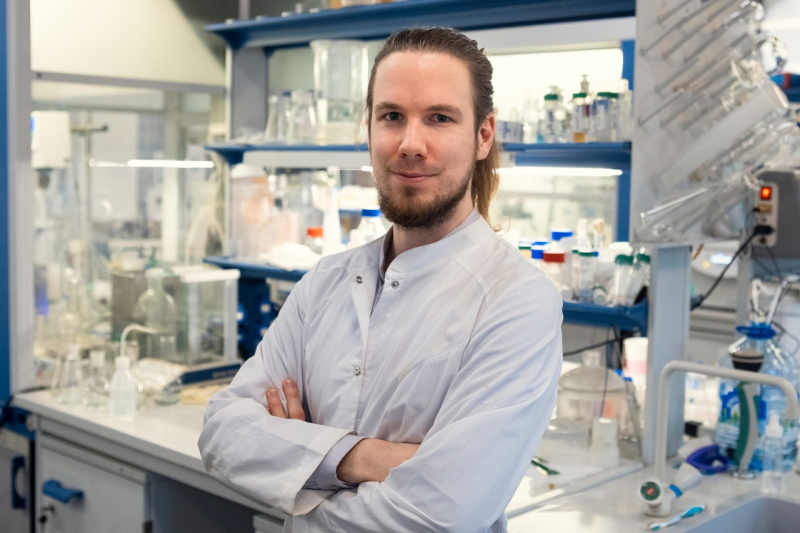
As a result, I was the only participant who wasn’t a scientist. Initially, I didn’t understand what photonic images were. I tried to google but it didn’t help. As it turned out, photonic images are holograms, with which I have some experience, they’re just a different type of hologram and require different technologies.
I wouldn’t say it was hard – I just needed to wrap my head around all this. I was provided with everything I needed to do so: there was enough time, space, and people who were able to explain it all to me. Throughout the week, we gradually acquainted ourselves with the technology and its chemical and physical features. We were told all about the relevant research and prospects of using the technology: what its limits are and how can they be overcome.
Overall, it was a fascinating experience and now I try to come up with ways to apply acquired knowledge and skills in my artwork. I already have some ideas but I’m not ready to share them yet.
As part of the Workshop Week, we had to create our own holograms based on images we had chosen. We started with printing the most basic samples – it was very cool, especially once you learn about all the details of the process. It’s a whole other experience, not like coming to the Museum of Optics and checking out the holograms. You understand the entire process and can create something of that kind yourself.
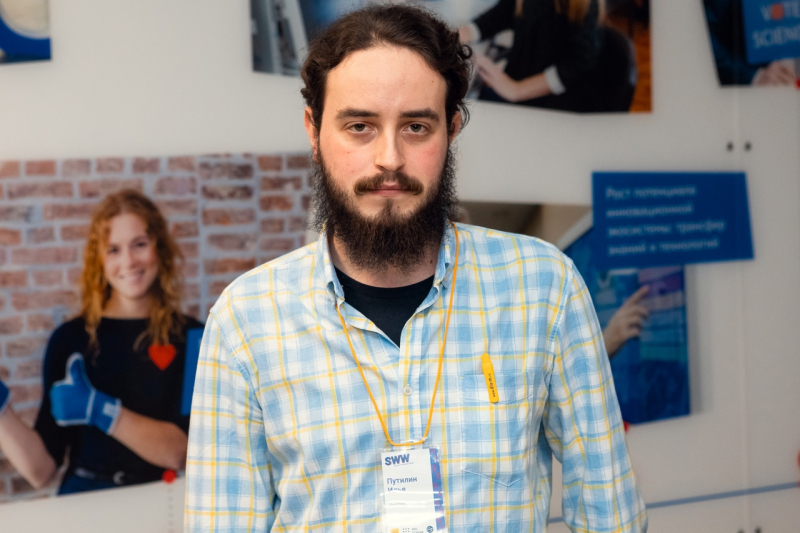
Our project was divided into three mini-projects. I was engaged in collecting the chloroplast genome of a plant and then extracting the genomic sequence from it – this sequence is very interesting for phylogenetic studies. As a result, we had to build the ancestor tree for this plant. Despite the fact that it sounds like a lot of work, the task was quite feasible: all calculations were carried out using bioinformatics methods. The calculations were performed by the program and we simply had to interpret the results obtained. I haven’t had experience in collecting genomes before that. It was hard to remember how to work with the command line, as most programs don’t have a graphical display. I felt like a hacker – the way they are stereotypically portrayed in movies.
I learned about SCAMT from a friend who participated in the summer school online and is now an ITMO University student. I thought it would be interesting to see what they do here and compare it with my university. Plus, I wanted to meet like-minded people with whom I could communicate and collaborate in the future.
As it turned out, research at ITMO and in my university differs not so much in terms of content but in terms of scale. In our university, we are engaged in similar things, but at ITMO University, there are much more opportunities to study omics, for example, as well as to fulfill your potential and choose one of many fields of research.
It was fascinating to participate in the workshop because it’s an opportunity to see how people in other universities work, get acquainted with the interdisciplinary approach, and new research. And the main thing is – you get to meet a lot of people, which will be beneficial for your scientific career. I actually consider SCAMT’s Master’s program as one of the options for my future studies.

To be honest, I applied for this track because I was interested in the bioprinter, I really wanted to work with it. At first, I was just curious to learn whether I will be admitted because I wasn’t sure if I could work in the fields of chemistry and biology. Working in a lab wasn’t new to me, as I’m studying medical physics and we are engaged in research activities. In particular, I research cell structures at the Institute of Cytology at the Russian Academy of Science.
The school was a bit hard for me, to be honest, as I thought that it would be more about physics and not chemistry, in which I’m not too experienced. However, the environment was very friendly: even when I said I can’t work with complex equipment, no one had a problem with explaining it all to me by putting it simply and helping with the practical tasks.
(source https://news.itmo.ru/en/education/trend/news/10132/ )